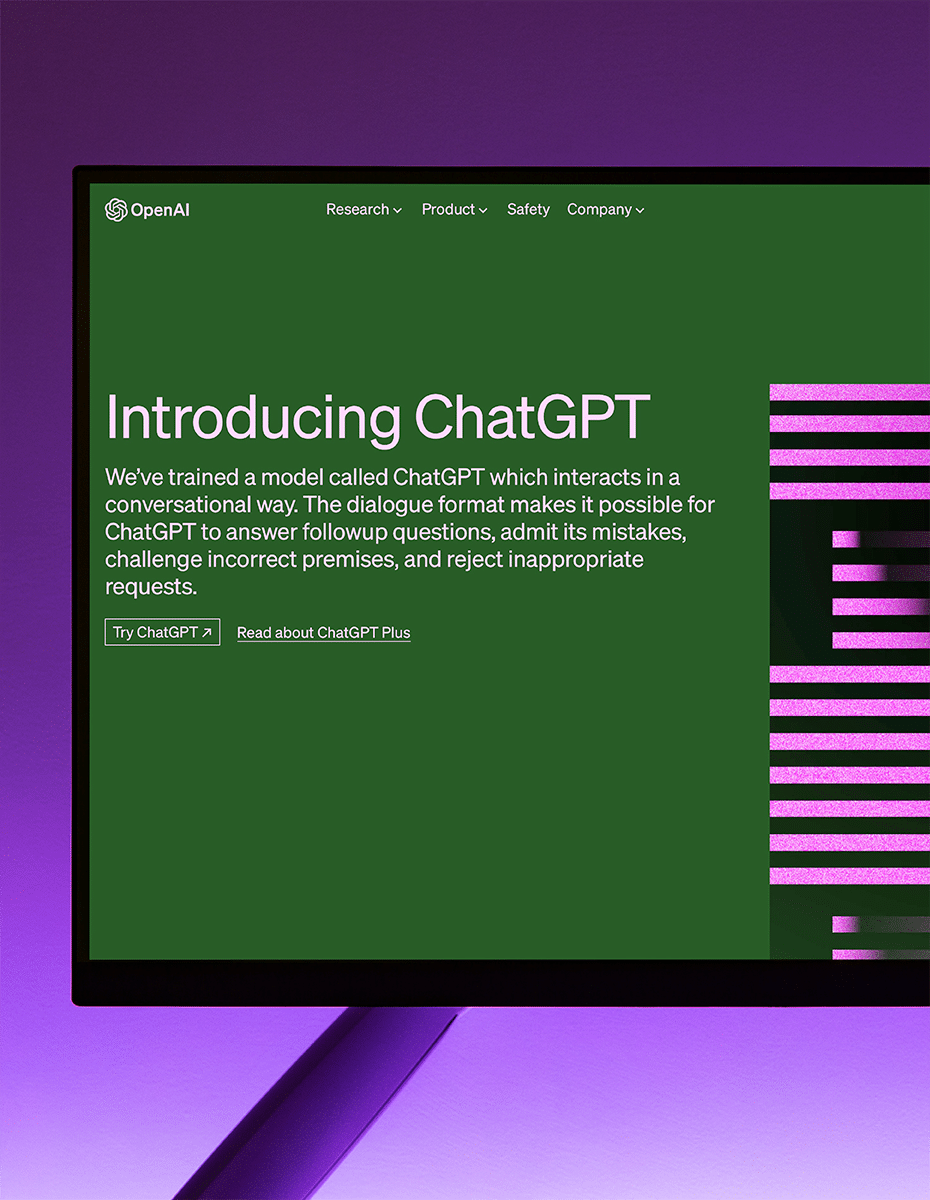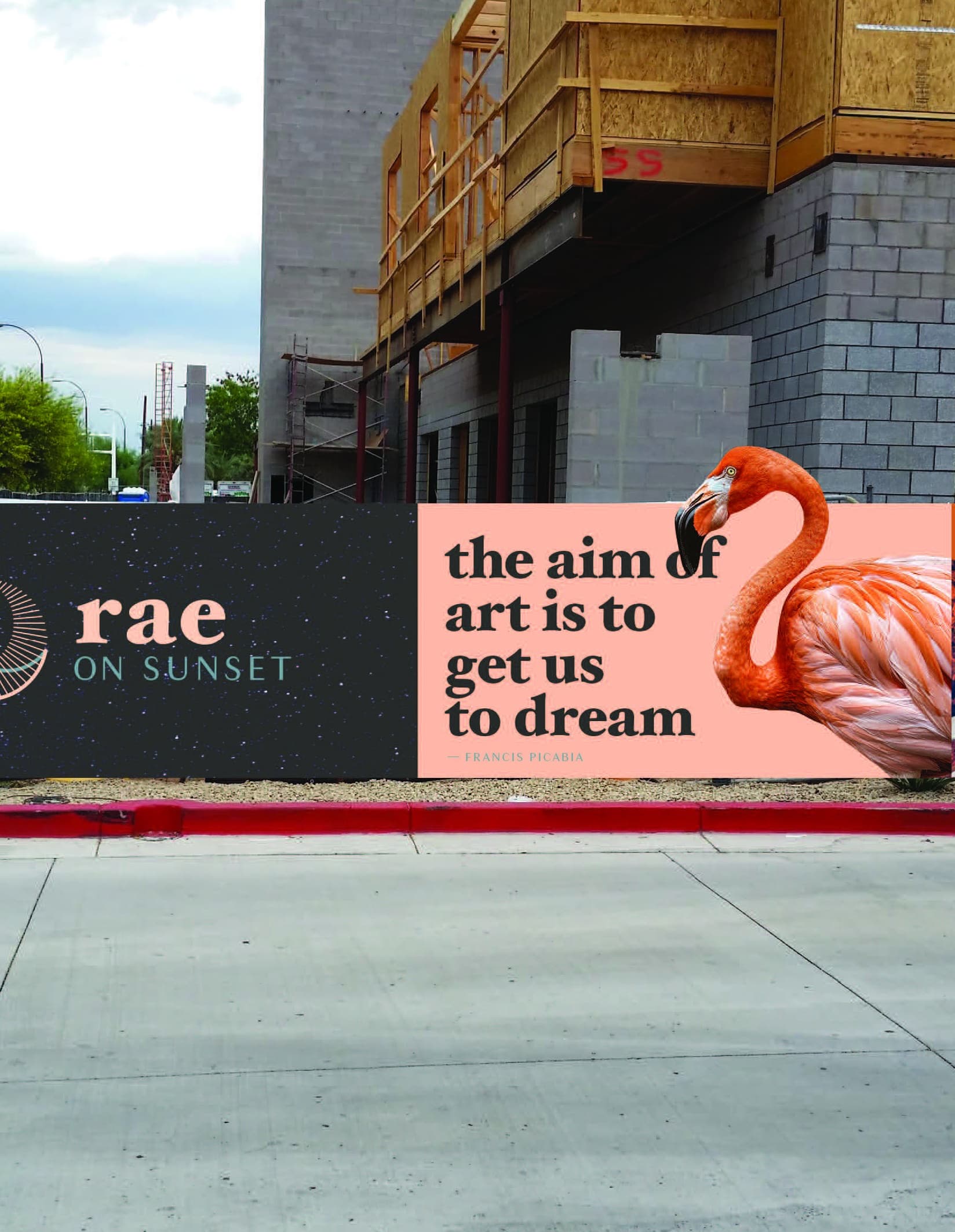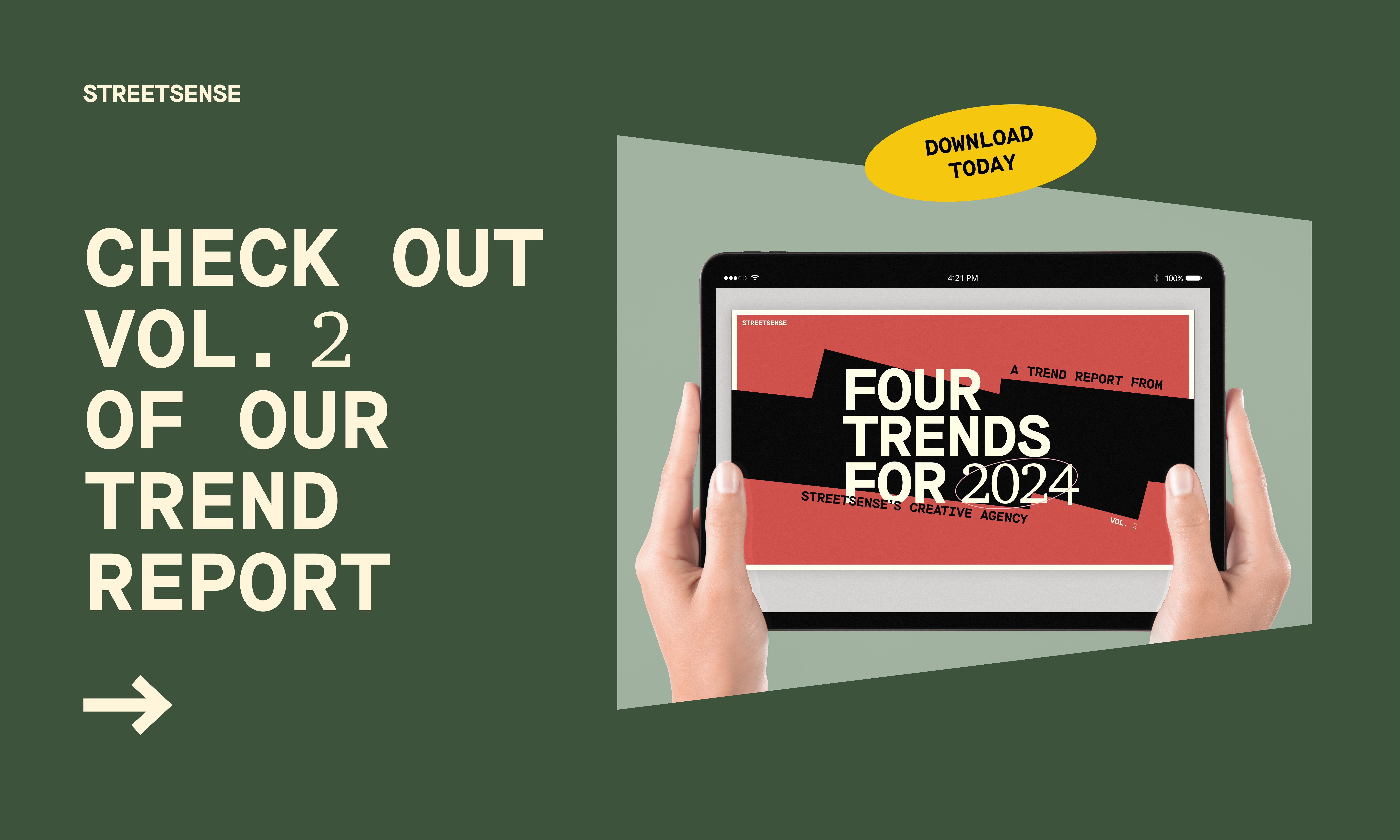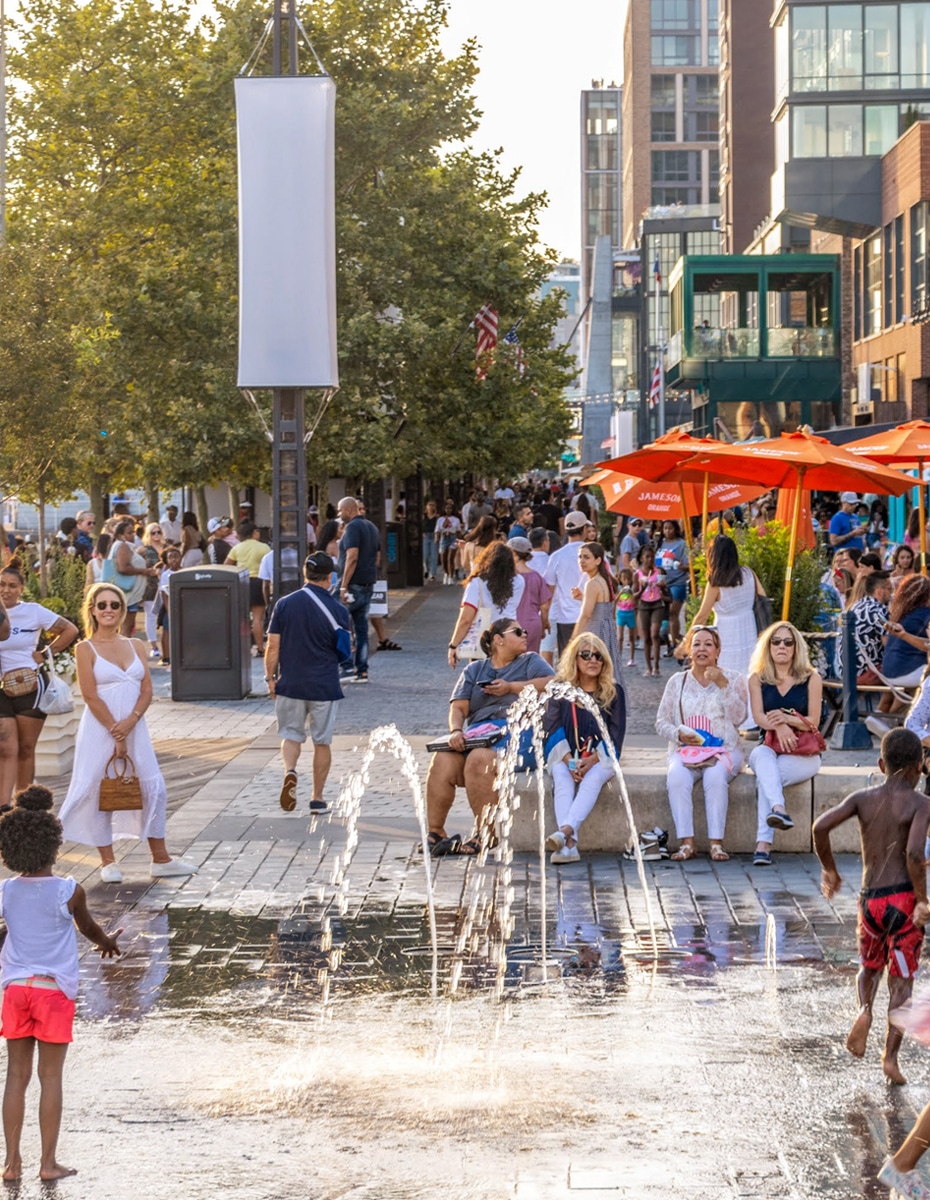At Streetsense, we know that the secret to a successful marketing plan for multifamily projects is an innovative strategy that considers every touchpoint a prospect has with your brand before signing their lease. Just like a great cocktail, a successful digital strategy is more than the sum of its ingredients: it’s an integrated approach to content marketing that we call engagement. And just as frosé may be so summer 2017, marketing best practices ebb and flow with changing trends and emerging technology. Here, we’ve identified the top ten engagement trends in real estate to help brands reach, connect and convert their target audiences to brand advocates in 2018.
1: Show, don’t tell
Earned media is a powerful outlet for bringing attention to a standout property, and while a press release can still be an effective resource, nothing helps promote a brand like inviting the media to actually experience it. When Tower Companies wanted to introduce The Pearl, a luxury apartment building in Downtown Silver Spring, we helped them ideate and execute Diner en Pearl, an elegant all-white summer fete at which media and guests enjoyed the property’s chic finishes and airy aesthetic amongst live music and local delicacies. Rather than read about the property, the media could experience the amenities and lifestyle of The Pearl firsthand — resulting in 52 pieces of coverage to an online audience of 367 million.
But a big event isn’t the only way to rethink how audiences can experience your brand. Facebook live, Instagram stories, and even VR site tours are also ways to catch the attention of local and national publications and secure earned media.
2: Influencers are the media companies of today
If you think that so-called “digital influencers” are just selfies and hashtags, then your multifamily brand is likely leaving prospects on the table. Influencers — whose armies of engaged followers stand ready to like, heart, ha-ha, share, retweet and buy whatever they’re snapping, posting, gramming, and tweeting — are the new media companies, plain and simple. When comparing an influencer with a traditional publication that has a similar following, an influencer can have equal, if not more impact, on the targeted consumer. And when those influencers have a following in the thousands, the hundred-thousands or even the millions, that’s a lot of potential impact.
3: Spark the conversation + let it burn
User-generated content is one of the most efficient and cost-effective ways to promote your brand. It helps build a library of social image assets, it’s an excellent tactic for community management and interacting with your audience online, and it adds authenticity and relevancy to your brand.
This is ye olde word of mouth, but in the digital age: Audiences implicitly trust content made by others (third party validation) more than they will anything coming from you — and there’s a huge messaging opportunity for multifamily brands that are willing to be more transparent than the competition. Invite others into your space with a dedicated hashtag, and leverage their opinions and assets to elevate your brand’s sentiment. Don’t be afraid to lean in to the conversation.
4: Take your storytelling to Instagram
Instagram stories are gaining serious traction as people are more and more interested in seeing branded content in their story streams. Using this format is an excellent tactic for insinuating your brand content within a user’s natural feed, for calling attention to your posts with a longer shelf-life, and for inviting followers to instantly “swipe up” to a link of your choice. With an expected 16.7 million regular Instagram users by the end of 2017, the visual platform —and particularly its 24-hour story streams — is a powerhouse platform for hosting curated content. Whether it’s an annotated unit tour or brief interview with onsite staff, Instagram stories are a great way to get in front of interested audiences with little to no media spend — for now.
5: Shoot your visuals through the “social” lens
It’s time to face the facts: Audiences aren’t interested in overly produced, perfectly curated photography. While it can be scary for brands to deploy content that isn’t perfectly polished, it’s a fact of the Instagram era that this type of content immediately registers as sterile, stuffy, and not relevant to a user’s lifestyle. In other words — an advertisement. Users are much more interested in useful and realistic but curated depictions of homes, amenity spaces, decorating and lifestyle tips, neighborhood news, and more.
We’re not saying to forego your professional photography all together, but we are saying that perfectly-lit staged models are better purposed for your website or your print brochure. On social media, your image is probably squeezed right between baby’s first steps and a wedding album, so the imagery you put out there needs to feel organic enough to compete. That stark bathroom is likely not upstaging Junior lead-footing for the first time.
6: Boost every post, otherwise you’re talking to an empty room
The cold, hard truth: Every Facebook post — and by extension, Instagram — needs ad spend behind it. Facebook is a pay-to-play platform and needs to be viewed as a media buy, just like a magazine or radio station. Without ad spend, less than 2% of your intended audience sees your Facebook posts in their newsfeed, and this includes users who have already opted to like and follow your page. Even if you have an amazing collection of original and user-generated content, if you’re not boosting it, nobody is seeing it. Time and money down the proverbial drain.
7: Smarter PPC = intent + demographic targeting
Paid search is powerful because it allows brands to advertise to people searching for a product like theirs in the moment they are searching for it. Recently, Google added income targeting within Adwords, which means that in addition to advertising to people based on their search intent, brands can now layer in some demographic targeting on top of paid search campaigns to reach a more qualified audience.
We wouldn’t recommend this in all campaigns within the real estate industry, but layering in this demographic targeting to some of your broader PPC campaigns should improve their performance and efficiency, particularly if a property has a limited marketing budget.
8: Lock your websites down now
The ‘Not Secure’ button that sometimes pops up when you visit a website isn’t just annoying, it’s also a real threat to a website’s SEO value. Any website that has a SSL Certificate — which allows safe, encrypted communication between a server and an internet browser — is deemed ‘Secure’ by Google, which has been giving organic search rankings bumps to secure websites for years.
Earlier in 2017, Google started introducing warning signs on pages with password fields or credit card information that did not have a SSL certificate. Starting in October, within the Google Chrome Browser, Google will be putting this warning sign next to the URL on all pages with search functionality or form submissions. It will say ‘Not Secure’ in pesky, foreboding red letters and is Google’s latest effort to move towards a more secure internet. For real estate websites that haven’t done so already, now is the time to purchase that SSL certificate and migrate to HTTPS, not only to ensure that your brand’s SEO value isn’t penalized, but to create a smooth user experience.
9: Be super-friendly on mobile
Mobile search is now outweighing desktop search. As such, Google continues to move towards rewarding websites with a strong mobile presence within search results — and that includes responsive design that caters to mobile, as well as AMPs, or Accelerated Mobile Pages.
Accelerated Mobile Pages were introduced by Google and Twitter last year as “diet versions” of mobile pages that download faster and increase mobile page speed. This is another trend that is not just exclusive to SEO but also to the overall user experience of the consumer. A website’s load time should not be longer than a user’s attention span.
10: Create your digital leasing agent
Take your leasing team offsite and online. Chatbots allow prospects to quickly ask and digest the information most important to them without having to wait for an email response or pick up the phone. Chatbots are now available to integrate into multiple platforms — including Facebook Messenger — and use natural language that doesn’t sound like a bot. This automated lead-nurturing and capture tool is already a popular staple on websites across all industries and will continue growing through its integration with social platforms.
BACK TO LATEST







